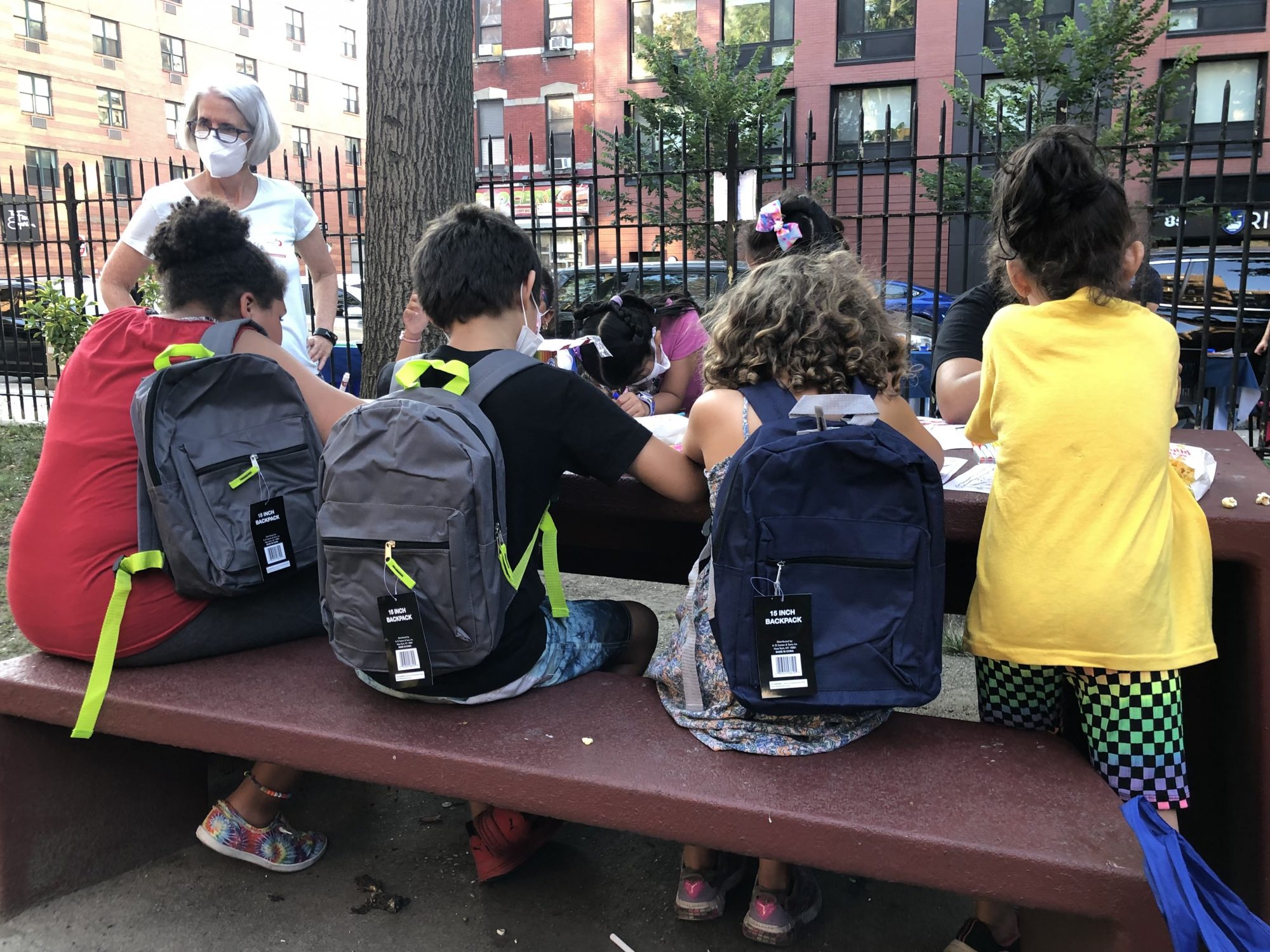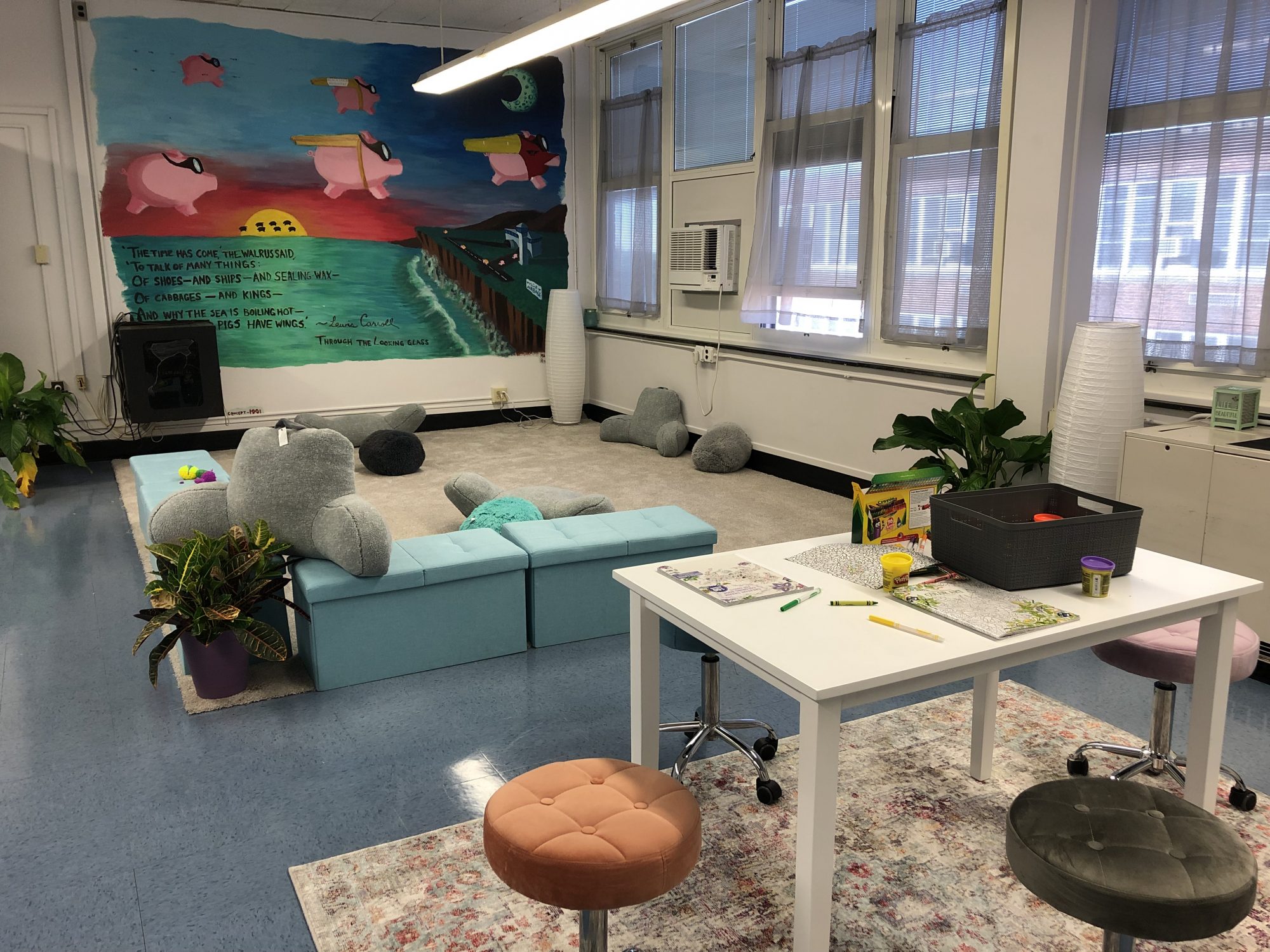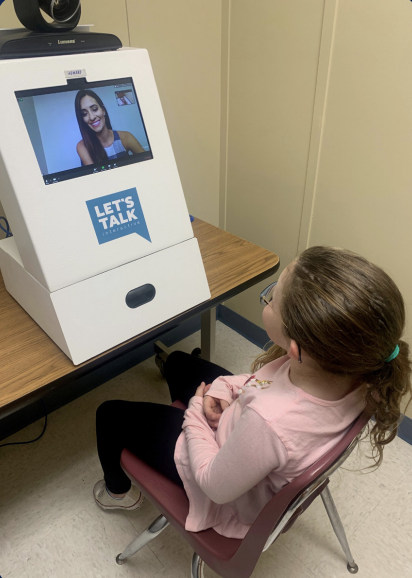
Our children are back to school in a pandemic we thought would be "under control" by now. March 2020 was a scramble to transition classes online for teacher and student safety. Now, administrators are more informed on how to make this school year work for everyone—there are strong data sets available to help them plan their learning programs. But the challenges of this back-to-school season spread well beyond mask mandates and vaccination status.
Students are underperforming compared to their same-age peers of previous non-pandemic years, due to education access gaps during quarantine. Adolescent mental health disorders, which were already on the rise, are even more of an issue now as teens experienced impossible circumstances. More young people than ever are considering suicide, with the Centers for Disease Control and Prevention (CDC) reporting a 31 percent increase in mental health ER visits compared to 2019 in the 12- to 17-year-old age group. Schools are having to pivot all programming to accommodate these needs, looking toward integrating social-emotional learning (SEL) wherever possible.
Teachers and administrators worked with local government officials and released health and safety action plans. There is so much still needed to bring equity into classrooms and get children back to learning safely and effectively, but these plans are a start. Here are some innovative initiatives that we are seeing schools consider, with the hopes of helping ease the burden of pandemic learning on students, teachers, administrators, and parents alike.
Resources At Home and In Schools
Maintaining in-person schooling during the pandemic proved to be a safety hazard, yet many districts did not have the capabilities or funding to give students the best academic experience remotely. Students went without computers, internet access, supplies, and even simply quiet rooms to work in at home. Here's a look at two programs answering the call for improvements to support students.
Creating Access at Home
Nationwide Children's Hospital initiated the SPARK program, which offers in-home visits to children in primarily Black or low-income neighborhoods of Ohio getting ready for kindergarten. The program hopes to bridge the disparity for children of color in the education system. "We know that Black and brown children tend not to test as well in kindergarten readiness assessments as their white peers. And the pandemic just really brought that into further light," says Mary Kay Irwin, senior director of school health for Nationwide Children's Hospital in Columbus, Ohio. The in-home visits help train parents to be their student's educational support system, along with providing books, supplies, lesson plans, and more. If these students have to learn virtually this school year or have homework to complete, they now have at-home resources they didn't before.
Providing School Supplies
Almost 1 in 5 children in New York City alone are living in poverty, unable to obtain necessary school supplies, which averages over $100 per child. Ruth Aybar, associate director of community engagement at New York Cares, explains how the nonprofit created an initiative "Stand With Students" to combat poverty's impact on education in the local community. "Families are struggling to make ends meet after losing their jobs and not being able to work. [This] has placed a hardship on many families and hindered their ability to provide essential items such as food and school supplies [to their children]," she says. The program gathered 15,000 backpacks from sponsors to help students start the school year and stuffed them with everything they need, including notebooks, rulers, and hygiene essentials.

Social-Emotional Learning
SEL is an initiative to educate students on more than just academic curriculum, and the standards are established by each state, but generally include five competencies. These include self and social awareness and management, relationship skills, and responsible decision-making. While pre-pandemic this was an important initiative, during the pandemic it has taken a front seat role, with educators and families recognizing that a child can't learn without these competencies first.
There's nothing more difficult for a child struggling with mental health than enduring seven-plus hours of lessons on top of the thoughts circulating in their minds. So, when a kid needs a break or extra support, some schools have integrated solutions in the building.
Offering Mental Health Breaks
The administration at Governor Livingston High School in Berkeley Heights, New Jersey, has a cutting-edge solution—an entire wellness center on campus that students can visit for 10-minute intervals to reset and recharge.
Principal Robert Nixon Jr. says the wellness center was inspired by an obvious need to address school avoidance, increasing absences, and mental health concerns. By request, with no questions asked, students can ask teachers for a pass to the center, which features comfortable lighting, adult coloring books, puzzles, and messages of positive reinforcement. They can complete an iPad app-led meditation session, sit with noise-canceling headphones in a comfortable chair, and can reach more support with the help of a trained staff member if needed.

Reducing Stress in Schools
Classrooms in Connecticut are welcoming Gizmo, a Maltese, Papillon, and Japanese Chin mix, to hook students' interest in mindfulness. This trained therapy dog is part of a program called "Gizmo's Pawesome Guide to Mental Health." Educators, social workers, and other staff members in schools teach Gizmo's concepts, including stress-response techniques and self-care strategies. The lesson ends with an invitation to take a mental health pledge.
Animal interactions in the school setting can reduce stress or anxiety, and improve social interaction through enhanced motivation, engagement, and learning, according to a study. Gizmo's program aims to recognize warning signs and coping strategies for mental health concerns and has already reached 3,000 children in 100 Connecticut classes, with an expansion planned for several states in the upcoming year.
Parent Engagement
For some, the pandemic was the first time parents experienced such a hands-on approach to everyday learning for their children, by necessity. Now, some parents and schools are realizing the benefits of that working relationship continuing. Caroline Fenkel, DSW, LCSW, co-founder and chief Clinical Officer at Charlie Health says, "it's important for schools to include parents and families in discussions on how to support their child's wellbeing. Research has shown that parent participation in treatment is the number one indicator of positive outcomes—this applies to schools too."
Continuing Virtual Parent Meetings
Some schools have seen increased engagement when curriculum nights and conferences have a virtual option. So don't delete that Zoom app just yet. The benefit could also be mutually beneficial for teachers who are able to work remotely on conference nights, allowing more to attend. Victoria Martinez, head of school at Sunset Montessori Community in Las Vegas, says there will be both a Zoom and in-person meeting option for parent-related meetings this year.
Collaborating With Parent Blogs
Martinez explains that her school started a collaborative blog after seeing how "disconnected [some] parents were from our teachers and from each other" during quarantine. "We are seeking input from parents on a variety of topics that they have expertise in. This will give parents a voice and connection to each other, and bring about topics not always otherwise discussed in this way," she says. "This will be a shared platform for parents to connect, share, and learn from each other." For example, she saw a parent this summer share healthy recipes with students during food camps.
Technology Advancements
Quarantine forced school administrators to reconsider how they integrate technology into the classroom. Zora M. Wolfe, Ed.D., associate professor of K-12 educational leadership at Widener University and a consultant for school districts across Pennsylvania, says, "We will continue to see an increased use of technology. Hopefully, teachers and students are not as afraid of technology anymore so we will see ways to individualize learning for students and help close the gap or deal with regression students have experienced."
Bridging the Mental Health Gap With Technology
With the rise in mental health concerns for children during the pandemic, districts are getting creative about how kids can access therapy and other health services, especially when typical in-person therapy sessions are not possible. Florida public schools work with The Hope for Healing initiative to give virtual access to mental health resources to 35,000 school-aged children. Since they launched after Hurricane Michael in 2019, their "Let's Talk Interactive" program installed 63 custom kiosks and iPads in schools, typically in counselor and nursing offices, and trained staff on how to help students access mental health professionals through these telehealth appointments. The success of the program continues through the pandemic, with students having access to almost 14,000 sessions collectively as of July 2021, even during virtual learning.

Getting All Students Online
In a 2021 EdWeek Research Center survey, three-quarters of teachers said that more than 75 percent of their students have adequate internet access at home. But what about the rest?
Districts are pushing harder than ever for funding, deals, and agreements that will allow all students to get set up with high-speed broadband and device access at home. One such leader is Marlon Styles Jr., the superintendent of Middletown City School District near Cincinnati. He recently signed a two-year agreement with an internet provider to guarantee Wi-Fi access to all families in need. The district will also issue laptops to all students through twelfth grade, according to the Journal-News.
In 2020, Styles testified before the Congressional House Committee on Education and Labor to explore solutions for technology access disparities in American school systems with lower-income families to solve the divide, according to The Washington Post. Styles' district is high-poverty and offers 100 percent free and reduced lunch for students.
Parents.com is investigating inequities in education. To read more on how the pandemic exposed failures in the education system and how parents and educators can be part of the solution, visit: The Children Left Behind.


